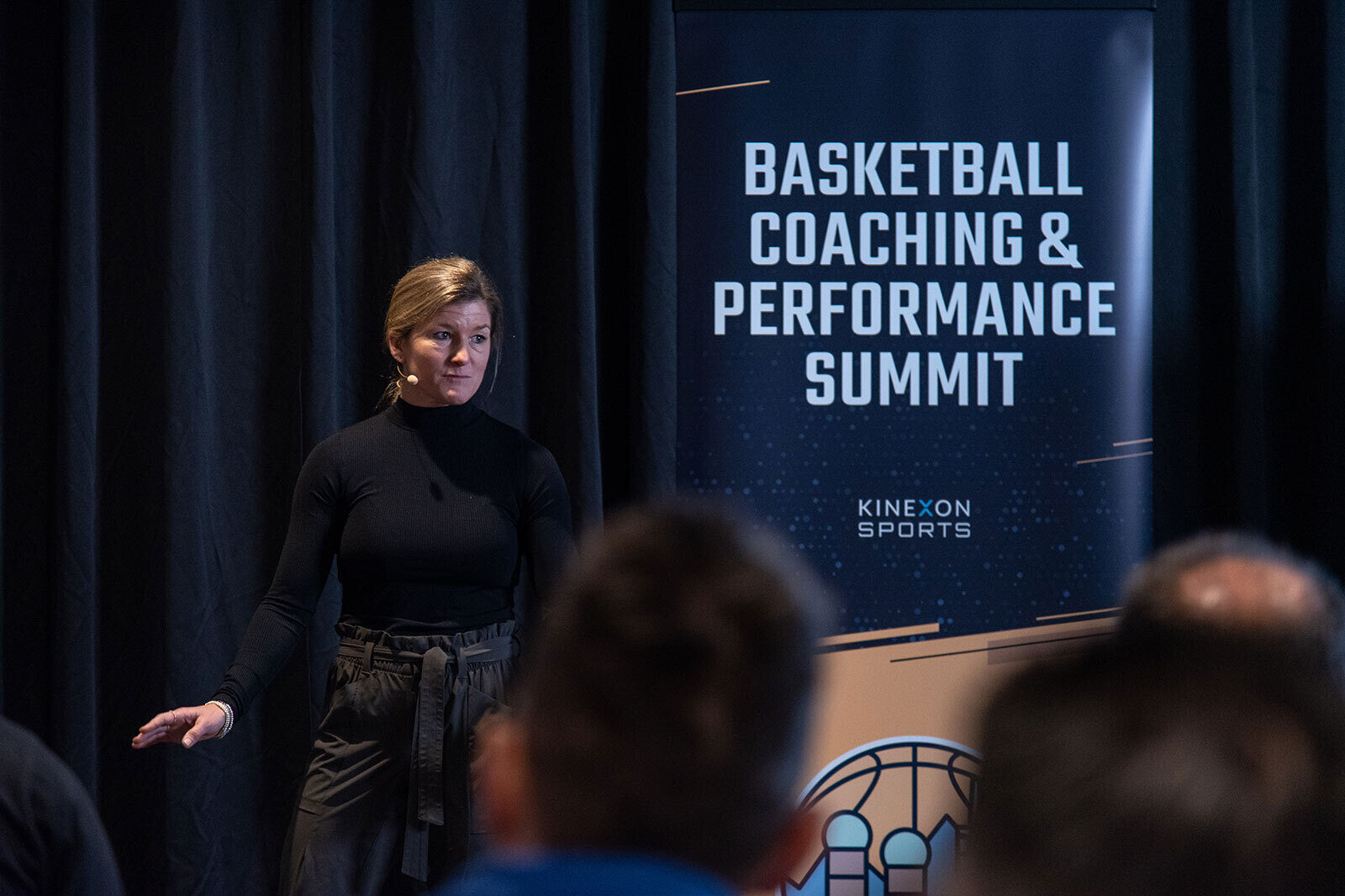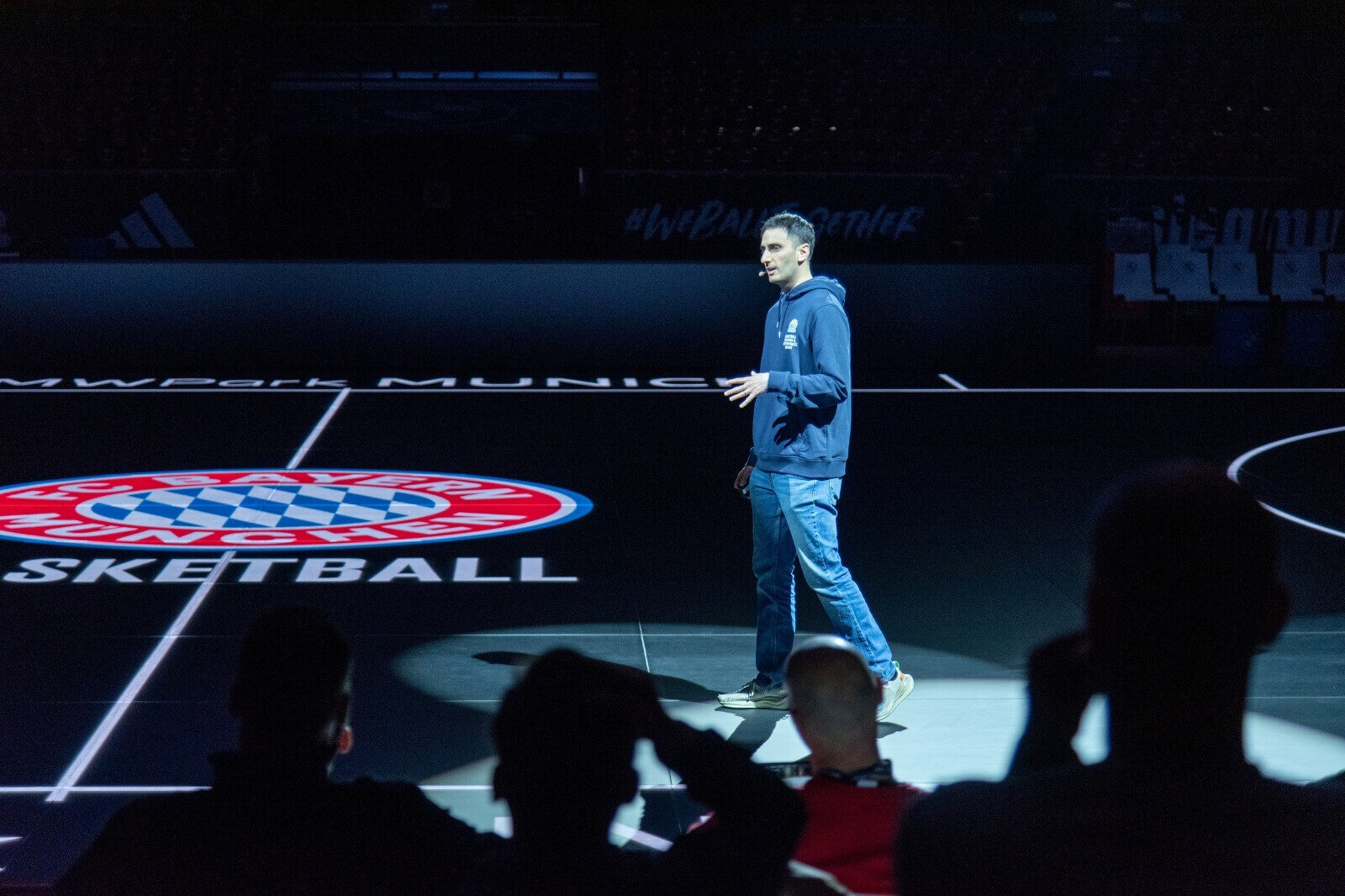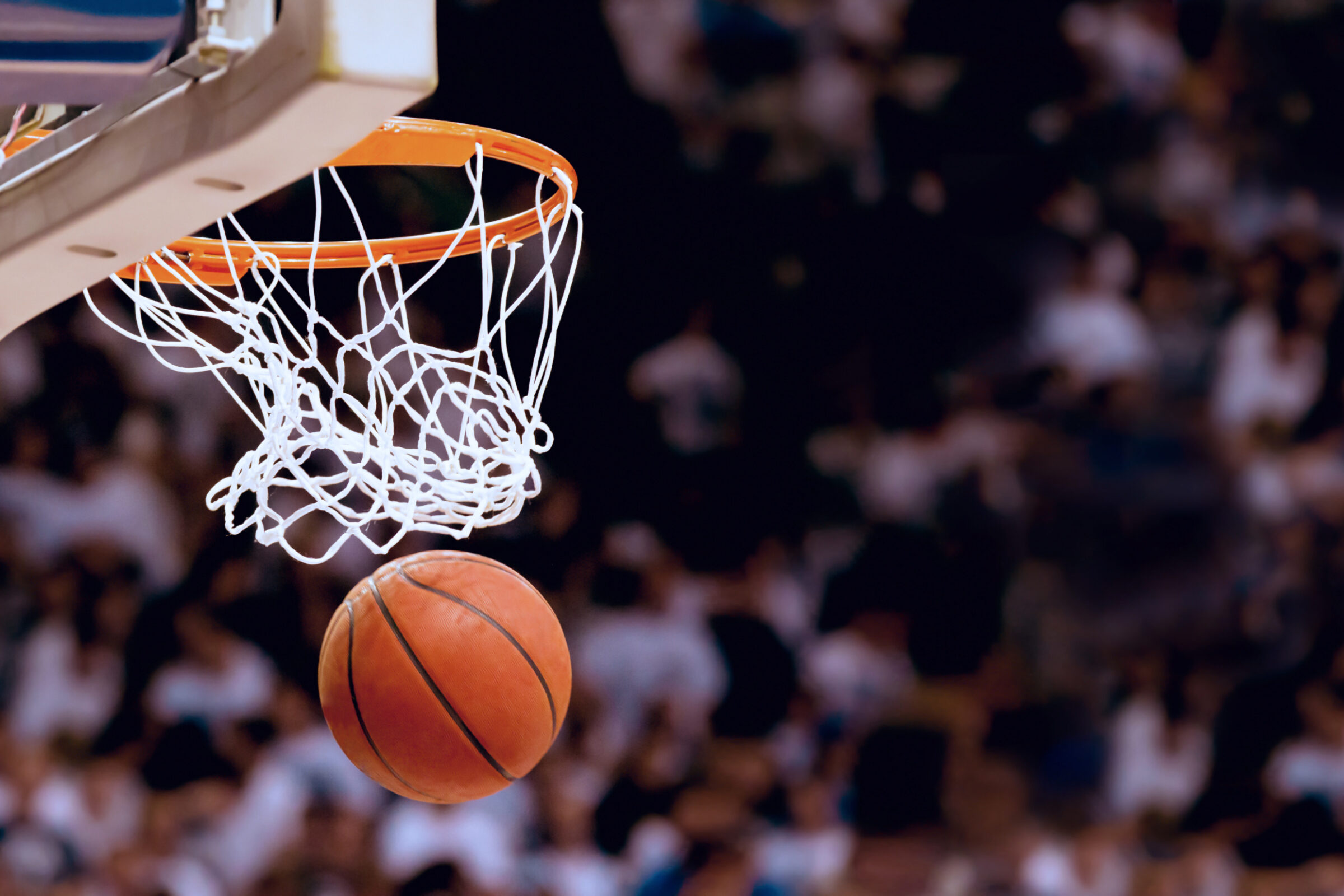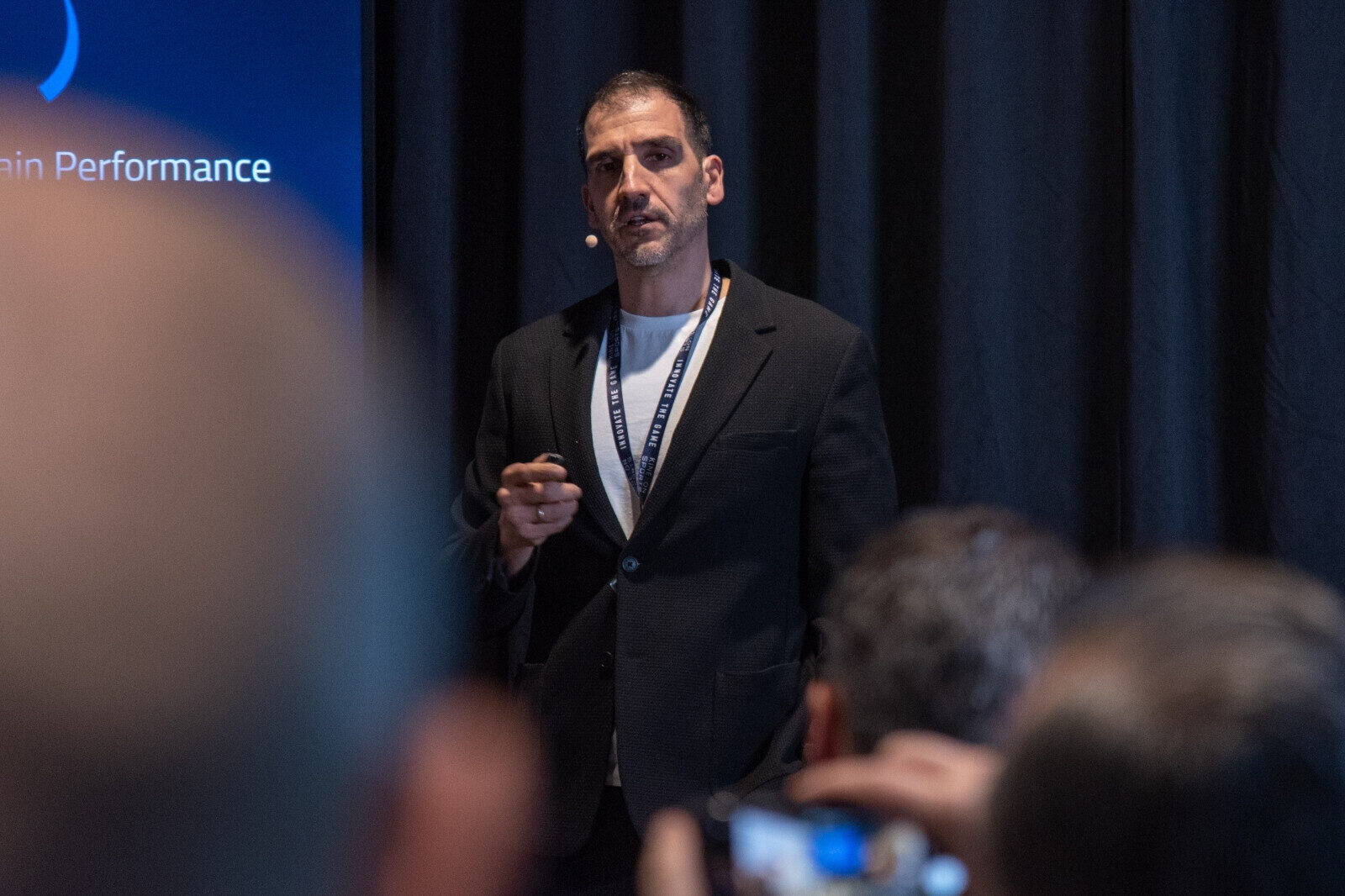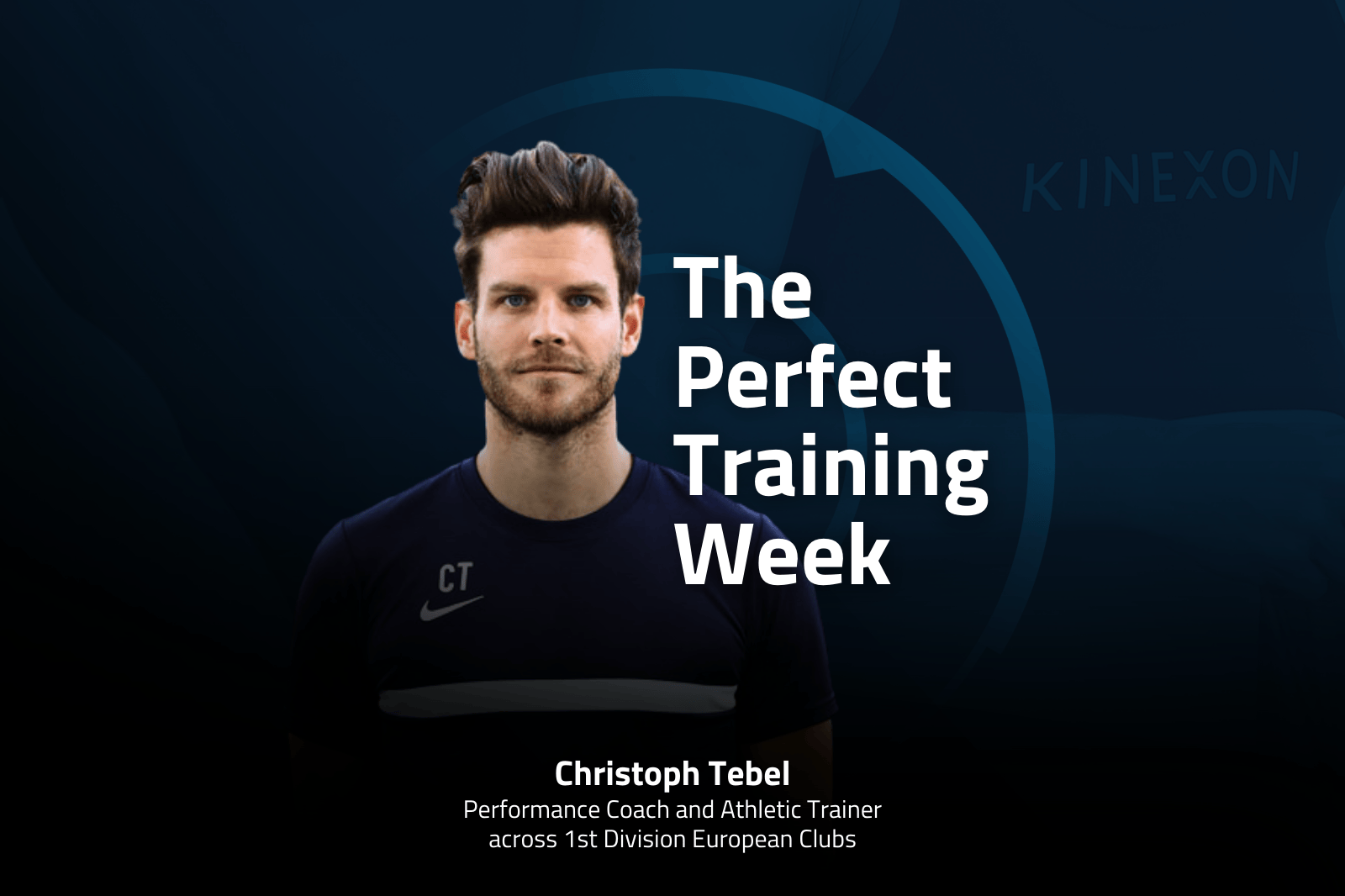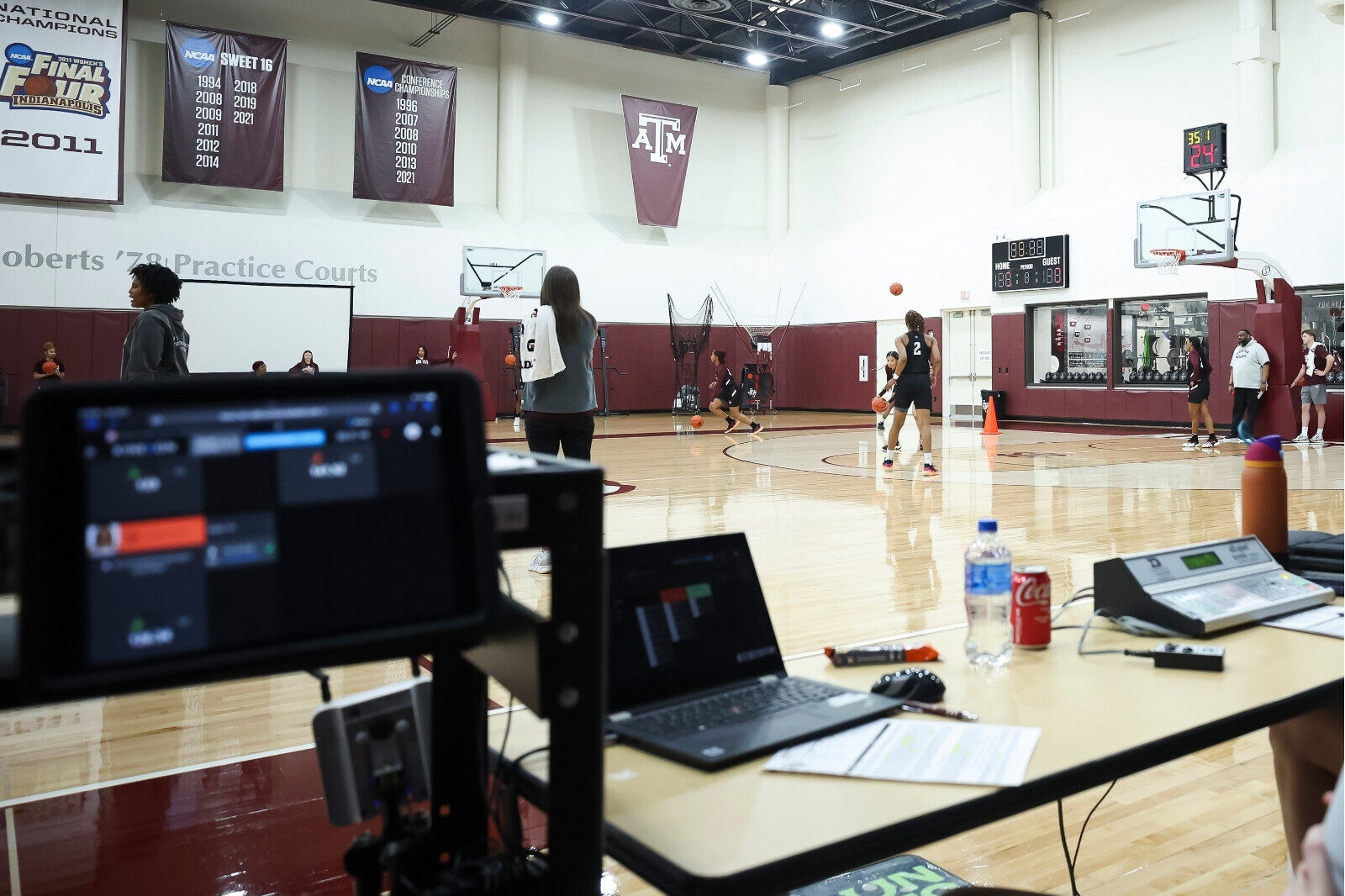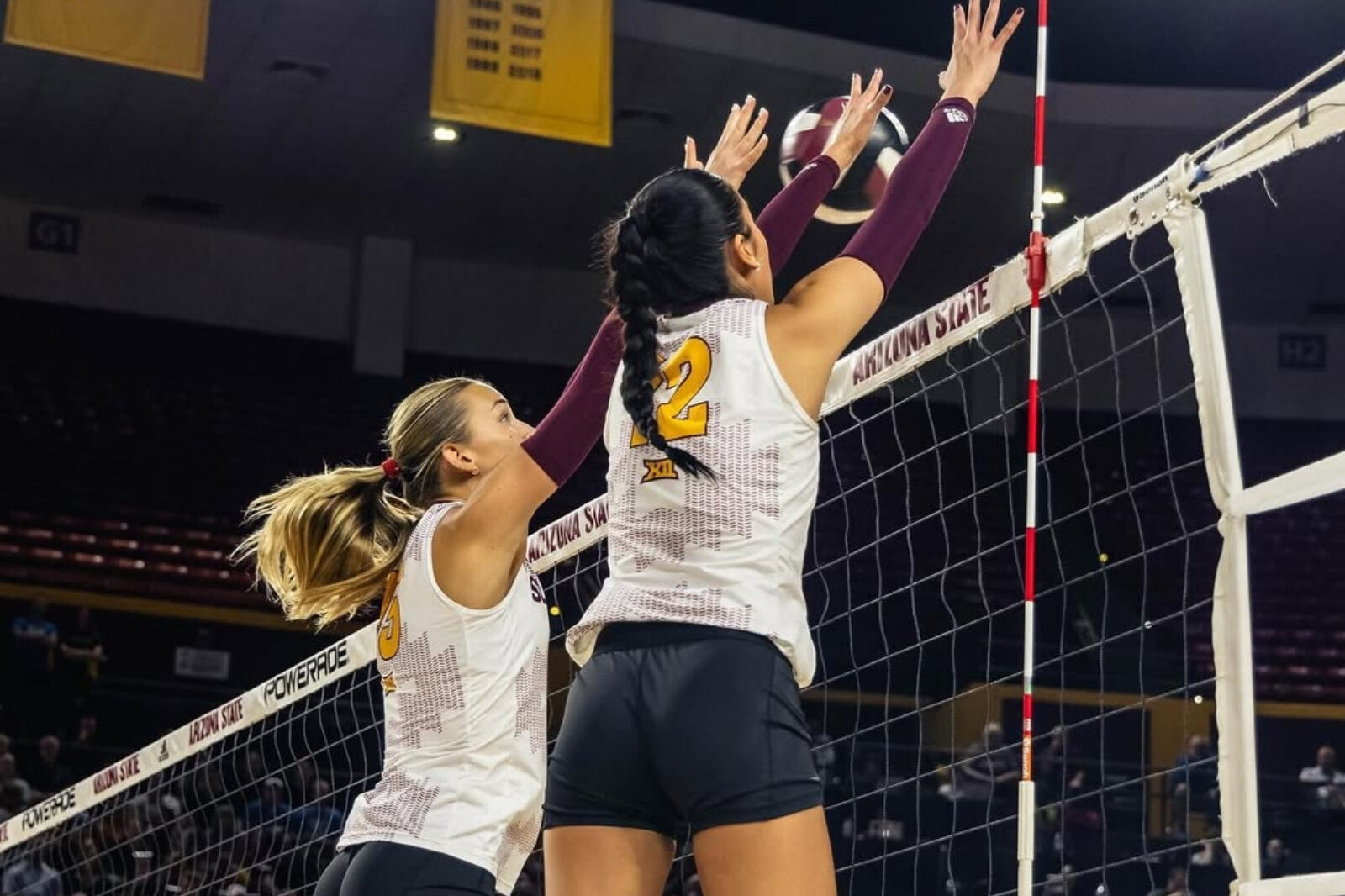How NBA Load Management Affects a Player's Life Cycle
Player tracking technology leads to better load management throughout a player’s life cycle and is leading to a new trend in the NBA. Executives are shifting their focus from drafting and trading players to compete at the highest level. Now, many organizations are investing in resources that can help the team build and develop a strong roster — like sports analytics.

For example, the Philadelphia 76ers started a rebuilding process several years ago, followed by poor season records for the last four years. As a result, they acquired highly valuable first round picks to build a team for the future.
Although the 76ers had to invest much time and effort to address many injuries, primarily involving previously injured top round draft picks, they started to shift their focus on developing and maintaining their players’ performance by embracing contemporary methodology and technology.
By creating a sustainable approach on player development, the Philadelphia 76ers challenged the status quo of how they manage a player’s life cycle in the NBA. Similar to other professional sports teams, the 76ers are now investing resources into performance and load management as using the strategy as the foundation for future success.
Where Did NBA Load Management Come From?

But what exactly is a player life cycle? And how can managing a player’s workload with innovative technologies like wearables, player tracking and sports analytics make a difference?
This concept draws on the insights of top NBA experts, especially Dr. David T. Martin and his team. As the Director of Performance Research and Development, he has tried to customize and improve how the 76ers track their daily load.
His team rose to the top of NBA innovation by exchanging insights on performance management, following the latest trends in sports performance analytics, and exploring different technologies in this field.
What Are The Five Stages of an NBA Player's Life Cycle?

Assuming that players face different stages in their careers, the idea of a player life cycle can help to identify different focus areas for improvement – for the player himself as well as for the entire team.
Based on this idea, the following five stages describe player’s career transitions within the life cycle and how wearable technology can support the overall experience associated with player development.
1. Selection: Teams select players based on different criteria, for example their player profile, basketball skills, athletic performance, health & injury history, overall potential as well as their overall fit for team and of course costs. Once selected, a player will either be drafted, traded or contracted as a free agent.
Within the process of player evaluation and selection, athlete monitoring can provide valuable insights for player profiling. Performance data from college games, previous NBA seasons or performance insights at the NBA Draft Combine enhances player scouting of potential roster prospects. All this information helps to assess a player’s performance – especially the specific fit to the roster and the game plan.
2. Development: Once selected, teams begin developing their players over years. The development process requires time and feedback and ideally results in the improvement of the general skill set, athletic performance and the development of the team.
Athlete performance monitoring helps players, coaches and sport scientists to understand the physical demands of the game and identify both negative and positive developments over days, weeks and months. It is a powerful tool to manage stress and strain transparently throughout the season. Further, detailed player profiles can become valuable reference values for future developments or rehabilitation situations.
3. Competition: Players and teams naturally want to compete at the highest level. NBA has provided game movement data (via Second Spectrum) to all teams in the last four years in order to monitor player load over the stressful course of 82 regular season games plus additional playoffs.
Comparable performance insights from wearables in practice deliver the missing piece of information in order to receive a full load and performance picture of athletes. Important is that the data in practice is comparable to the data in games. If the latter is implemented, teams can make smarter decisions on minutes played for their starters, ideal resting scenarios and individual practice adjustments. The ultimate goal is always to keep the players healthy and in the best possible condition.
4. Rehabilitation: Injury prevention and rehabilitation is one of the most important aspects within the player life cycle and probably also the most obvious stage, which can be facilitated by wearable technology and its insights for performance management. However, injuries become an inevitable part of the game.
As recent analyses show, the number of injuries in the NBA is continuously increasing. Teams try to provide the best medical support to return their players to play. Although medical teams are aware of player’s health, they actually just declare players return to practice.
By missing out to fill the gap between returning players back to practice and play, teams have to deal with critical re-injuries. Therefore, it’s even more important that coaches, medical staff, sport scientists, athletic trainers and strength & conditioning coaches all work together towards these goals.
5. Transition: Within the NBA players get traded and transitioned into and out of the organization. All players have their background and personal data like performance and injury history. Data profiles for players enable organizations to execute a smoother transition from one organization to another.
The latest example of trading Marco Belinelli from the Atlanta Hawks to the Philadelphia 76ers (two KINEXON customers), illustrates how carefully handling and transferring performance data (including the support of the player) can keep player’s injury and development history transparent. Both the player and the club benefit from this: the player has a higher chance of staying healthy and continues to develop himself more easily, while the club’s reputation increases by handing over a healthy player with a good profile and documentation.
How Player Tracking Refines the NBA's Return-To-Play Protocol
Dr. Martin presents his finding on “Using Wearable Technology to Refine the Return-To-Play Process in the NBA” at MIT Sloan Sports Conference 2018.
The importance of this topic is reflected in the increase of staff working in this particular area – the number has more than quadrupled in some cases over the past couple of years.
Player tracking systems also help to build a holistic approach for medical and sport scientist staff to return players to games and close the gap between return to practice and play.
In the past, this process has been quite arbitrary and based on common sense, rather than being solidly backed up by data and fundamental feedback.
The Importance of Sports Data Can't Be Overlooked
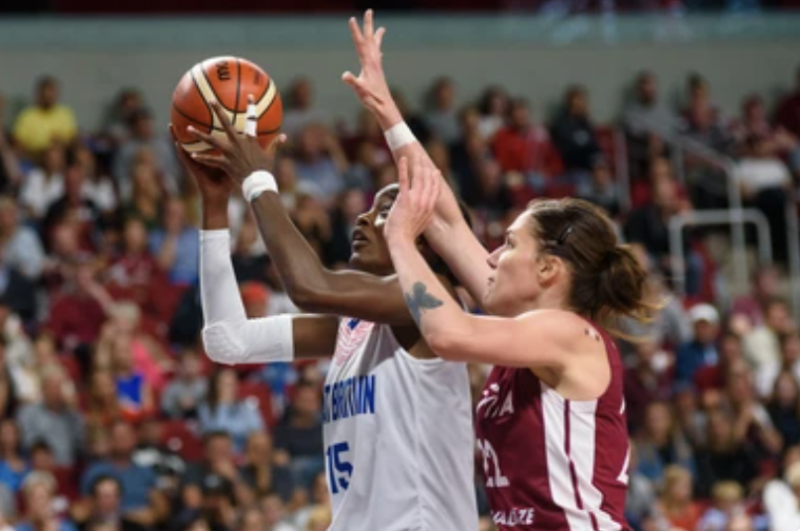
Sports performance data and analytics can support professional teams who are committed to helping players gracefully transition through the different focus areas within the life cycle of a professional player.
NBA organizations are coming to understand that load management is one of their most valuable assets and critical to future success because the most expensive player is the injured player.
Teams such as the Denver Nuggets, Philadelphia 76ers, Houston Rockets, Atlanta Hawks, Indiana Pacers, and Washington Wizards have already implemented performance management systems.
NCAA programs Stanford University and St. John’s University are following. And there are more on the way.
KINEXON Sports: The World Leader in Basketball Analytics

State-of-the-art wearables, such as the ones KINEXON Sports provide, add both a qualitative and a quantifiable layer to this process.
Basketball analytics like longitudinal comparison for player profiling within the rehabilitation process or daily comparison of actual and target values help to understand load management, stress and strain reaction. Through this, the process of planning practices and games gets significantly more evidence-based and becomes less of a “gut feeling.”
If you’d like to learn more about KINEXON Sports basketball solutions, including COMPETE VISION, which tracks metrics without a wearable, contact us through the link below.




